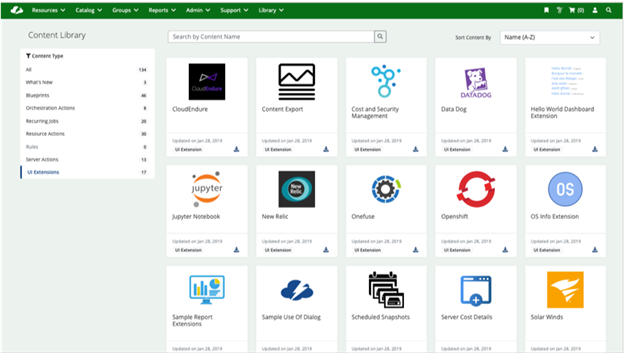CloudBolt Software updated its cloud management portfolio on April 28 with a new framework release designed to help organizations manage and optimize hybrid as well as multi-cloud deployments.
The CloudBolt framework is a superset of capabilities that the company is offering, including its cloud management platform, and cost management and integration capabilities. The framework provides new capabilities, including cloud governance, testing and assurance, automation, and machine learning trend analysis.
"Essentially, we have taken components from each of our solutions and merged them to have stronger market plays in things like cloud governance," CloudBolt CEO Jeff Kukowski told ITPro Today.
CloudBolt Improves Multi-Cloud Governance
Among the new capabilities in the CloudBolt framework is role-based visibility.
Kukowski explained that the new framework adds the ability to create persona-based dashboards and reports.
"Whether you are an application owner, an executive, or a DevOps engineer, you can get visibility into the information you require, which really helps people's decision-making in order to take the appropriate action they need," Kukowski said.

CloudBolt is bringing role-based visibility to its cloud management framework that is accessible via an intuitive dashboard.
Beyond providing more visibility, CloudBolt has also integrated a new cloud governance feature to make it easier for organizations to build and enforce policies. In prior iterations of the CloudBolt platform, if users wanted to build policy into an integration, they needed to use CloudBolt's OneFuse product, Kukowski said. If they wanted to build governance into a workload or a process, they needed another product. Now they just need one.
"What's more, compliance functionality and some of the security checks we do came from our third product offering," Kukowski said. "So now, instead of buying three disparate products to get complete governance, a user needs to adopt our framework solution."
Automation Exchange Added to CloudBolt Framework
To accelerate cloud workflows, CloudBolt has integrated a library of automation capabilities that users can pull. The new Automation Exchange is essentially a content library, according to Kukowski. The exchange can include things like approved scripts, blueprints, Terraform plans, widgets, automations, and policies, he added. The goal is to provide anything a user needs to save time so that someone else doesn't have to "reinvent that wheel" every single time, Kukowski said.

CloudBolt's Automation Exchange provides a content library of prebuilt integrations for cloud management.
Going a step further, the CloudBolt framework now also includes testing and assurance capabilities for continuous integration/continuous development (CI/CD) workflows.
"Any self-service or automation workflows we can automatically test and ensure their processes are functional for when users need them," he said.
Optimizing cloud operations has long been part of CloudBolt's capabilities. What's new with the CloudBolt framework is a machine learning overlay to provide more insights and recommendations.
"We’ve never had ML [machine learning] involved in our solution before now," Kukowski said. "The goal is to have ML analyze usage trends and behavior for anomalies and efficiency opportunities."





